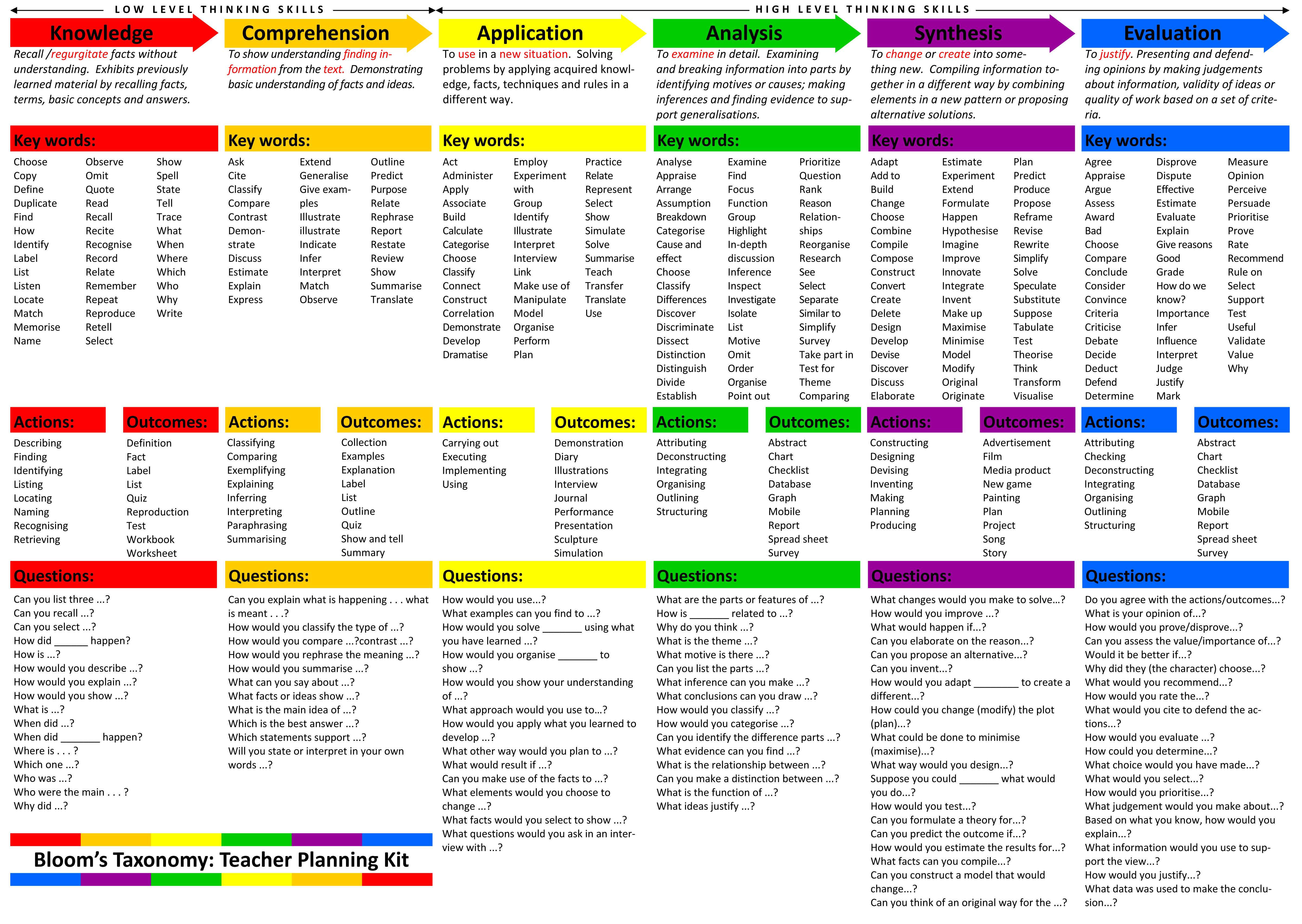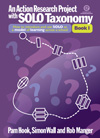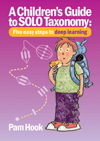"Structure of Observed Learning Outcomes" - Links into Blooms, with the pedagogy extending student's critical thinking skills.
 |
| Click on image for larger viewable size. Source: http://www.educatorstechnology.com |
- What is constructivism?
- What are the five levels of SOLO?
- How can this link to practise in the classroom?
Comments:
- It's a great article - allows us to make links to our own prior knowledge, constructivism;
- We often need to adopt different roles within the classroom;
- A way to engage our students/community of learning and have a clear understanding of where we're going!
- We know the difference between LI and SCs, the importance of talkalouds, modelling books etc-
- We're digging deeper - recognising that our children need to develop their critical thinking skills;
- Takes Blooms Taxonomy to the next level -
- Learners co-construct their knowledge - if we don't have a 'hook' for something to link it into, the knowledge falls away...
- Thinking critically - do I need to change my view / understanding? Is this information relevant?
- Learn Create Share links to second paragraph - along with formative practise, knowing you students well. Might look at this as a spiral, also (i.e.: Spiral of Inquiry);
- In closing, the article notes "constructivism taps into and triggers the student's innate curiosity about the world and how things work. Students do not reinvent the wheel but, rather, attempt to understand how it turns, how it functions. They become engaged by applying their existing knowledge and real-world experience, learning to hypothesize, testing their theories, and ultimately drawing conclusions from their findings."
 |
| Resource Used |
(article cited from Pam Hook's book as per image above, published by Essential Resources Educational Publishers Ltd, 2011, pp. 5-6)
Next steps: trial this instructional approach in your classroom - through Inquiry / Literature, and including the use of SOLO hand signals across the school. Will arrange to have visual cue cards / laminated in folders to begin to introduce these - to begin to help our students to express where they are at with their learning
Key for the five SOLO levels (Pam Hook 2011, pp.3-4). The first is emergent, the next two are quantitiative, with the final two being qualitative i.e.: as students move from learning, through researching/knowing to deeper 'critical thinking' along the continuum.
PLD Activity: Discussion of "George" Case Study, to help us understand what each of the five SOLO levels looks like for our learners.
 |
| Resource used: "A Children's Guide to SOLO Taxonomy: Five Easy Steps to Deep Learning" by Pam Hook, 2011. |
Other Recommended Readings (Online Source)
"Where To Next When Introducing SOLO Taxonomy and Hot Maps"
No comments:
Post a Comment